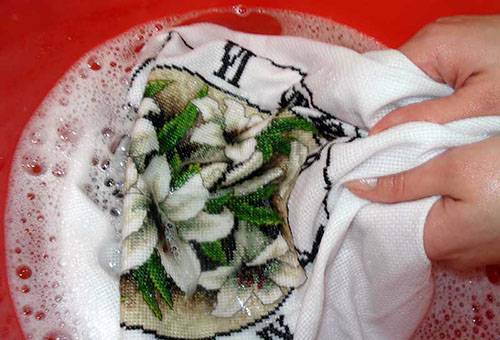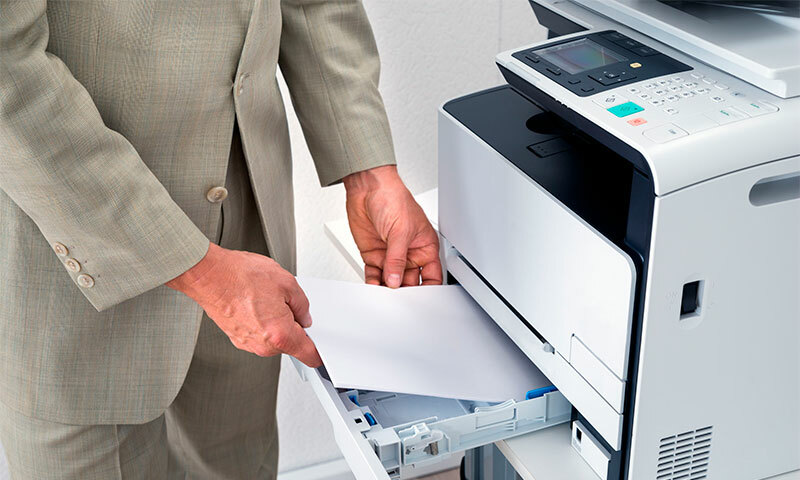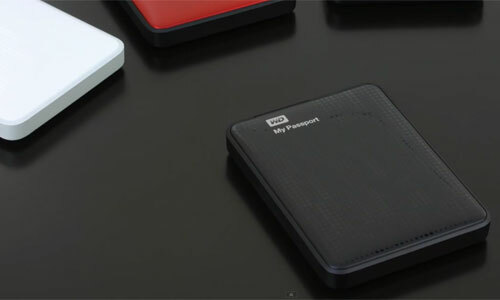Contents:
- How to wash the finished work?
- Soaking
- Washing and ironing
- How to wash embroidery on a consignment canvas?
- Little tricks
Often, large embroidered paintings after the completion of work have to be torn. This is where the question arises: how to erase the cross-stitch embroidery so that there will not be any trouble with it-changes in color or deformation. It's a pity if the result of a long and painstaking work is spoiled. In the case of using a water-soluble canvas bill, washing is mandatory, even if the product is not contaminated.

How to wash the finished work?
After completing the embroidery, you should carefully inspect the finished work, paying attention not only to contamination, but also to its geometric parameters. Often, especially if the embroidery frame is used, the canvas may become warped. This should be clarified before washing, since in this case it will be necessary to align the fabric, "pulling" it in a wet state.
Mandatory embroidery processing:
- soaking;
- laundry;
- drying;
- leveling( if necessary);
- ironing.
If everything is done correctly, the work after washing will remain intact.

Soaking
To wash the embroidery without surprises, you need to choose the right detergent. It is desirable for these purposes to use those drugs that dissolve completely, leaving no grains in the water. It is not advisable to use gels or powders for white things, since they can contain aggressive components for bleaching.
So what is suitable for soaking canvas?
- Liquid means such as "Fairy"( it is necessary to check whether there is any chlorine).
- Gel for washing of colored things.
- Shampoo or liquid soap, if there is no color in them.
- Household soap is a traditional brown 72%.
- Powder for hand washing.

If household laundry soap is used, it is necessary to prepare a solution from it:
- Wipe the soap on a large grater and pour it into a saucepan.
- Pour hot water( 20 g of soap into 0.4 liters of water) and heat until completely dissolved, stirring constantly.
- Cool and dilute in the correct amount of water.
The powder must also be pre-mixed in water and filtered. If this is not done, undissolved grains may cause spots on the light parts of the embroidery. Liquid media should be simply stirred well in warm water. In the water for soaking and washing you need to add salt - 1 tablespoon. This will prevent the appearance of a scurf from the trace elements contained in the water, and will not let the threads be shed.
The water temperature should not exceed 40%.This temperature regime is preferred even when the threads can withstand hotter heat treatment. This is due to the fact that the canvas is mainly organic pollution - sweat secretions and particles of the epidermis from the pads of the fingers, and they are best washed at this temperature. After the preparation of the solution, the embroidery is soaked for 30-60 minutes, after which it can be washed.
Tip
If stains have appeared on the fabric - spilled coffee or other poorly washable contaminants have formed, they must be treated until soaked with a small brush. The choice of means for this is individual and depends on the type of thread and spot.

Laundry and ironing
In order for the embroidered work to be completely cleaned, and the threads are not ruffled at the same time, it is necessary to wash very carefully. It is preferable not to rub the picture, it can be done only in places of strong dirt or stains. When rubbing, the threads unevenly swell, and the embroidery appears untidy. Usually enough light compressive movements and moving the pattern in the water( as with rinsing).If this is not enough, you can wash the embroidery with a soft brush: rub from the wrong side. The disadvantage of this method is manifested, if there are poorly fixed ends: the filaments begin to unfold.
Rinsing is done in several waters. First in a warm( about 30 degrees), and when the poured water is completely clean, you can go to a rinse in cold water. Here you can apply a little trick - acidify with vinegar. It is added at the rate of 1 dessert spoon per 3 liters of water. After such a reception, the threads retain a bright color for a long time. You can not unscrew the embroidery - it needs to be spread out on a light terry towel. When the fabric has become only a little damp, it can be ironed: put the face on a terry towel and iron it with an iron, making sure that the cloth does not get tangled.

How to erase embroidery on a waybill?
For embroidery with a cross sometimes use an invoice canvas. It can be ordinary or water-soluble. If a conventional canvas is used, it is stretched out before soaking and is erased in the usual way. To do this, the embroidery is moistened to soften the hard threads of the canvas. Soaking is done with the help of a spray gun, since if you lower the whole product into water, this, on the contrary, will complicate the process of yarn pulling.
The water-soluble canvas is not pulled out, it completely disappears when soaked in hot water with a temperature of 50 degrees for 10 minutes. To work with such a canvas, you need to choose a color-resistant thread, and before you start work it is necessary to check their quality - to embroider a small piece of cloth and wash in hot water.
If the work is already ready, and you are not sure about the quality of the material, you can do the washing according to the following scheme.
- Soak the embroidery in water( with the addition of salt) to 40 degrees for 30 minutes.
- If after that the canvas does not dissolve, gently spread the picture in hotter water( up to 50 degrees).
- Rinse as usual.

Little tricks of
A few tips on washing embroidery on the canvas will help the mistresses not to spoil the result of many days of painstaking work.
- Embroidery with metallized threads is not recommended for washing. If the picture provides for such elements, they should be embroidered after washing.
- The steam generator is an excellent device for ironing embroidery. Hot steam will help not only to smooth the fabric, but also to eliminate distortions. To do this, the picture is attached around the perimeter to a rigid base, suitable for size, steamed and left in this position for several days.
- If a washable marker was used for the design, it should be washed off before soaking it under cold running water. But not all models of markers suggest such a treatment for the complete removal of traces. You need to learn all these nuances when buying.
Embroidery is a time-consuming task, requiring time and skill. In order not to spoil the result of prolonged work during washing, adhere to the above recommendations. In this case, embroidered work will please you and your loved ones for many years.



